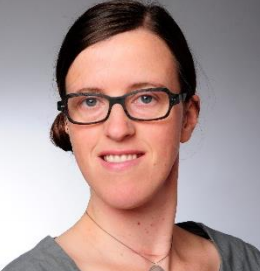- Time:
Resolving the complexities of the tumor microenvironment (TME) is necessary for a comprehensive understanding of cancer biology. For example, while breast cancer is well studied, open questions remain, including why some ductal carcinomas in situ (DCIS) progress to invasive carcinoma and some do not. Combining advanced genomic and spatial biology techniques represents a new paradigm in TME analysis. It holds enormous promise to create comprehensive, high-resolution maps of various cancerous tumors—ultimately leading to potential new therapeutic targets.
Join us for this GEN webinar, where our distinguished speakers, Dr. Morgane Rouault and Dr. Robert Shelansky, will tell us more about a recent study using three complementary genomics technologies, Chromium Single Cell, Visium Spatial, and Xenium In Situ, to explore the biology of a single, breast cancer patient-derived, FFPE tissue block. Xenium In Situ is a new technology for the subcellular analysis of hundreds of RNA targets in a single tissue section. Our presenters will also describe how combining single-cell, spatial, and in situ data provided insights into molecularly distinct DCIS regions and identified new biomarkers for distinguishing breast tumor subtypes.
A live Q&A session followed the presentation, offering a chance to pose questions to our expert panelists.
Produced with support from:

Staff Scientist, Applications
10x Genomics

Computational Biologist
10x Genomics




